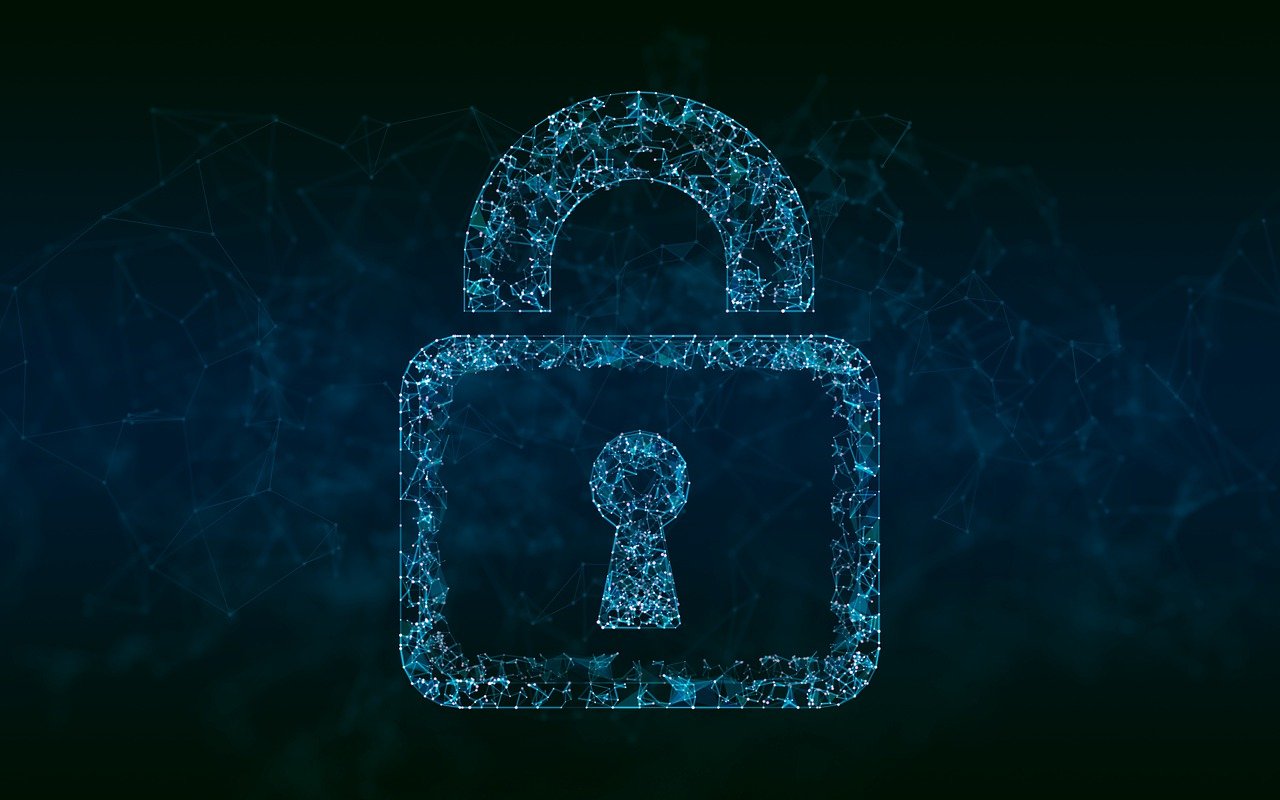· 5 min read
What is Steganography | Definition and Meaning
Steganography is the practice of hiding secret information within non-secret data, primarily images, audio, and video files. Learn about its tools, techniques, and implications.

Steganography is an intriguing field that merges computer science, cryptography, and art into a single practice. It involves hiding secret information within other non-secret data, primarily in images, audio, and video files. The most prevalent use of steganography today is in the realm of digital images, where data can be concealed within pixel values without significantly altering the image’s appearance.
What is Steganography?
Steganography derives its name from the Greek words “steganos,” meaning concealed or covered, and “grapho,” meaning to write. Its purpose is to hide the existence of a message, unlike cryptography, which secures the content of a message while its existence is obvious. The beauty of steganography lies in its ability to keep information covert by embedding it within files that seem ordinary.
Image Steganography
Image steganography is one of the most common forms of steganography. By utilizing various algorithms and methods, data can be inserted into the least significant bits (LSBs) of pixel values. When done correctly, these modifications are imperceptible to the human eye, making this method highly effective for hiding information. The process can be performed using various steganography tools that can be found across different platforms, most notably on Linux and Kali distributions.
Tools for Steganography
Steganography Tools
The landscape of steganography tools is both varied and dynamic. They range from software designed for everyday users to advanced utilities for professionals. For example, steganography tools are widely available for Linux environments and can be found within distributions like Kali Linux. This is important since Kali is tailored for penetration testing and security professionals, often necessitating tools that can both encode and decode hidden messages.
Extracting Files from JPEG Steganography
JPEG images are a popular medium for steganography due to their widespread use and structure that allows for subtle alterations. Using specific steganography tools, users can extract files hidden within JPEG images. This involves detecting abnormal patterns in pixel data and using algorithms to recover the concealed information. This process is often performed using sophisticated steganography detection tools that can recognize the presence of hidden data.
Steganography Tools on Linux
Operating systems like Linux have a rich ecosystem of steganography tools. Many of these tools are open source, allowing users to customize and extend their functionalities. Tools such as Steghide, OpenStego, and OutGuess are popular choices within the Linux community. These programs accommodate both image and other types of files, allowing flexibility in hiding messages. Kali Linux, being a distribution focused on security, includes these tools and more, making it a prime choice for those interested in the art and science of steganography.
Steganography Detection Tools
To combat malicious use of steganography, particularly in cybercrime, various steganography detection tools have been developed. These tools analyze files for hidden contents, enabling users to identify and extract concealed data when necessary. This duality of hiding and detection underscores the ethical concerns around steganography and invites discussions on its use for both security and nefarious purposes.
Known Vulnerabilities
Despite the advancements in steganography tools, several vulnerabilities have been identified in well-known applications. For instance, the security flaw in SecureKit Steganography versions 1.7.1 and 1.8, cataloged as CVE-2007-0163, enabled remote attackers to bypass authentication requirements and decrypt embedded steganography. This vulnerability occurred due to the application embedding password information directly into the carrier file, specifically by allowing malicious actors to replace the last 20 bytes of a JPEG image with alternate password data.
Another notable vulnerability was found in Camouflage 1.2.1, marked as CVE-2007-0164. Similar to the SecureKit issue, this vulnerability allowed unauthorized parties to bypass authentication and access hidden data by replacing specific bytes in the JPEG carrier file with alternative password information, making it a significant concern for users relying on secure communication through steganography.
These vulnerabilities highlight the critical need for developers and users alike to remain vigilant about the security implications associated with steganography tools. Proper awareness and proactive measures are essential to safeguard against such exploits in any steganography application.
Kali Steganography
Kali Linux users benefit from a variety of pre-installed steganography tools that can be employed for different tasks, from encoding messages to detecting hidden information. The community surrounding Kali Linux is robust, often providing tutorials and updates on the latest tools and methods for effective steganography. Whether for educational purposes, security assessments, or personal privacy, Kali offers the resources needed to delve deep into steganography.
Steganography is a versatile field combining art, technology, and security. Its application through various steganography tools allows individuals to hide sensitive information within ordinary files seamlessly. From extracting files from JPEG steganography to tools available in Linux distributions like Kali, the methods and techniques of steganography are both fascinating and essential in today’s digital landscape. The identification of vulnerabilities in popular steganography tools serves as a reminder of the need for continuous improvement in security measures. As technology evolves, the effectiveness of these tools will continue to shape ongoing conversations about privacy, security, and ethical usage in our interconnected world.

